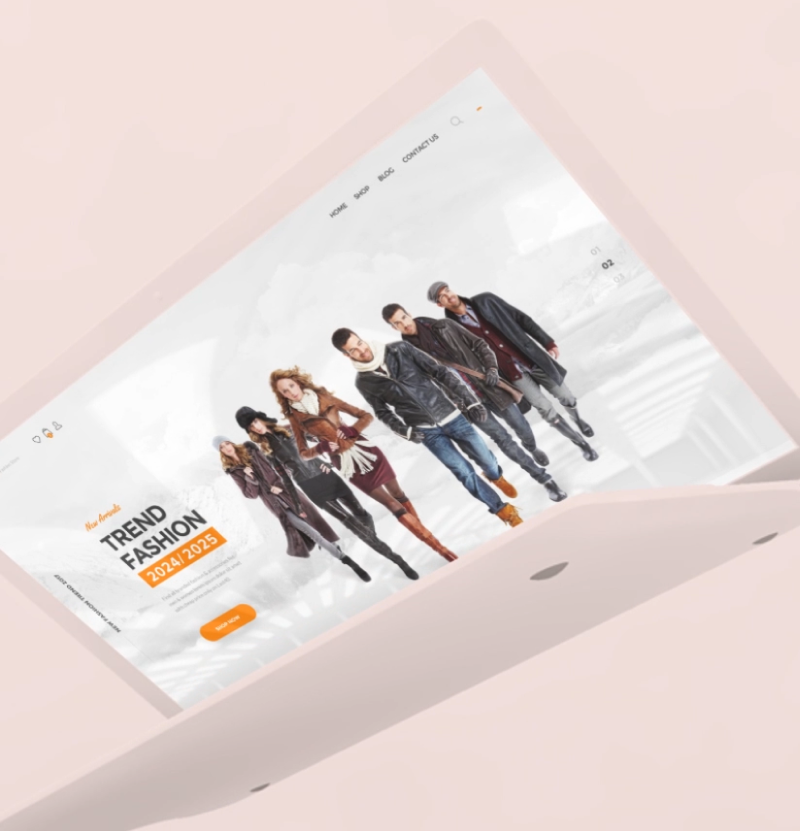
About
Our client is a pioneer in creating technology theme parks, offering a range of interactive environments they call experiences. Imagine stepping into a park where you can record a dancing video with robots using full-body motion capture—this is just one of the many innovative attractions they offer. At the heart of their offerings is content creation and social media sharing, which drive their marketing efforts and amplify their reach. We collaborated with them to develop a comprehensive park management solution. This included a visitor app, an internal park control management system, and software that operates within the experience computers to collect and sync the visitor’s generated content. Our solution integrated these components to enhance the overall visitor experience and improve park operations.

Challenge
Our team encountered several significant challenges throughout the project, each demanding innovative solutions and adaptability.
Firstly, the project was marked by many ideas and evolving requirements, particularly regarding the designs. Different stakeholders had varying visions for the app's appearance, necessitating frequent adjustments and a flexible approach.
From a front-end perspective, one of the major challenges was displaying a 3D map of the park. This required advanced graphics capabilities and flawless integration with the rest of the app to provide an immersive user experience.
Maintaining the satellite client on the backend was a critical hurdle. The satellite client, is a small Windows application running on the machines where the experiences were installed, was essential for synchronizing data between the experience and the Core API.

Process
Discovery:
Our discovery phase spanned three weeks. During this period, we meticulously reviewed the requirements and the brief document. We created detailed personas and mapped out user journeys, developing low-fidelity mockups to visualize the project's initial concept and ensure alignment with the client’s vision. This groundwork was crucial in setting a clear direction for the project.
Development:
Our initial focus was on building the Core API and the visitor app, the backbone of the park management system. As we progressed, we shifted our attention to the Park Control app, which was essential for internal operations. Although we initially planned to include a landing page, this idea was scrapped, allowing us to devote more time to enhancing the visitor app.
Midway through the project, the client came to us with a new request: they needed a website and a basic ticketing system for another smaller park set to open much sooner. Despite the tight timeline, we quickly assembled a separate team to tackle this new task, with our backend developers stepping in to develop the ticketing system. It was a challenging addition, but we rose to the occasion.
While awaiting further approvals, we also began estimating the new gamification functionality the client wanted to integrate into the apps. We took this time to address existing bugs and prepare for the next development phase.
Maintenance:
After the successful opening of the new park, we continued to support our client with maintenance services. This ensured that everything ran smoothly and any issues were promptly addressed, reinforcing our commitment to long-term partnership and client satisfaction.
Solution
Our team developed two main applications: the Visitor app and the Park Control app, written in React.js. The Visitor app was designed as a mobile-first web application, ensuring a seamless experience for users on their smartphones. In contrast, the Park Control app was intended for internal use, providing park staff with the tools they needed to manage operations efficiently.
To address the varying design requirements from multiple stakeholders, we created several design versions during the discovery phase. Using tools like Figma and Miro, we iterated on these designs and gathered stakeholders for a design meeting. During this session, we presented the different approaches and asked them to choose their preferred design. We then made the final tweaks based on their feedback, ensuring everyone was satisfied with the result by the deadline.
On the backend, we developed the Core API and the Satellite Client. The Core API was the central system containing all the business logic for managing the park and saving the content generated by the experiences. The Satellite Client, a small Windows application, ran on the machines where the experiences were installed, synchronizing data between the experiences and the Core API.
To ensure the highest quality, we rigorously tested both the Visitor and Park Control apps. One significant challenge during this phase was dealing with the synchronization delay; the content created by visitors wasn't immediately available in the Visitor app. Our QAs had to mimic this process to test it properly, using tools like Postman to simulate and verify the synchronization.
The Result:
The park successfully opened, fully utilizing our basic ticketing system, which led to a substantial number of ticket sales. Our comprehensive solution, from frontend design to backend synchronization, played a crucial role in their operational success.

See other case studies
Get in touch
Have a project in mind? Send us the details and we will reach out to you with the next steps.




.png)